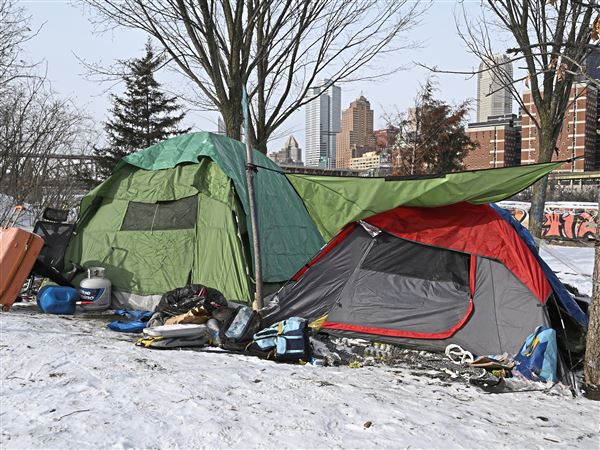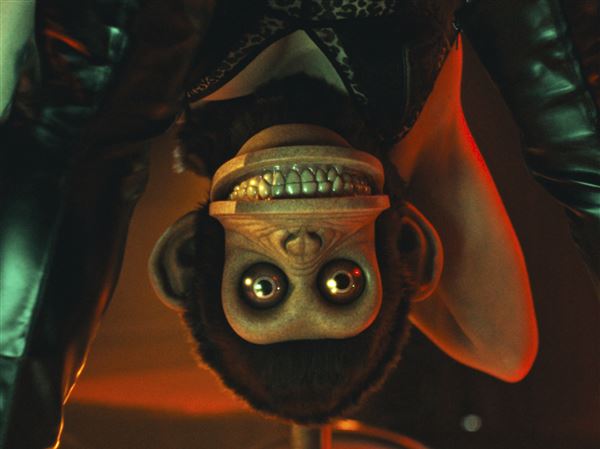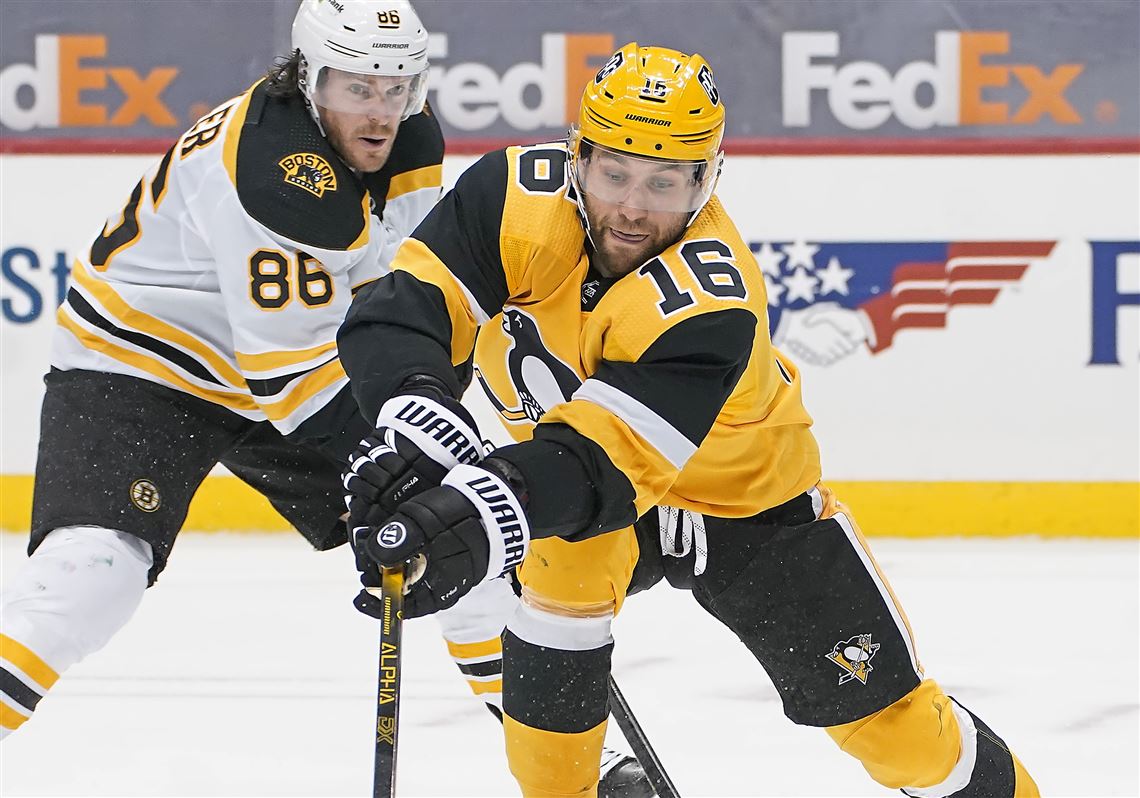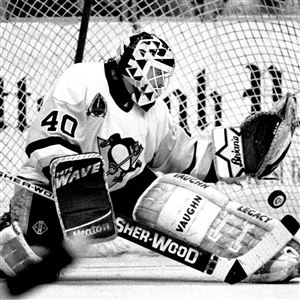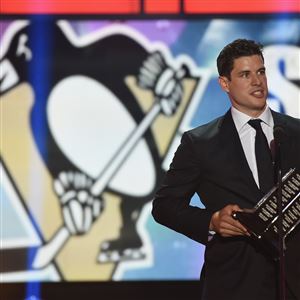The coach will be back. The core, too.
But even as new general manager Ron Hextall detailed an approach leaning heavily toward continuity, he conceded that at least one key player will be gone this offseason following the July 21 expansion draft.
“Trying to figure out what’s going to happen in expansion is a tough thing,” Hextall said. “We don’t have our list finalized yet. Obviously, I wouldn’t necessarily share that anyway.”
While Hextall doesn’t have the specific names of players he will protect, he does have an idea about his approach. Some teams may offer draft picks or other compensation to encourage the upstart Seattle Kraken to select a certain player or dissuade them from taking another. Hextall said he’d prefer to lose just one asset.
“Rather than give up a couple of assets to try to keep [someone], I think we’ll probably lose a pretty good player,” Hextall said during his season-ending media availably on Wednesday. “I’m speculating there, obviously. Who knows what will come along? But right at this point, I’d say we’ll just lose a player.”
So whom will that player be?
Well, since Hextall is in a speculative mood, so are we. Here’s a breakdown of how things might unfold.
Expansion rules
First off, let’s establish the rules, which are the same as the 2017 Vegas expansion. Seattle must select one player from each NHL team, except the Golden Knights.
Teams are permitted to protect seven forwards, three defensemen and one goalie (which is what the Penguins most likely will do). Or they can choose eight skaters of any variety and one goalie.
No-movement clauses: All players who decline to waive their no-movement clauses must be protected and will count against limits. This would include Sidney Crosby, Evgeni Malkin and Kris Letang.
Young players auto-protected: All first- and second-year pros and all unsigned draft choices are exempt from the expansion draft. Even more critically, they do not count toward limits. That means John Marino, Pierre-Olivier Joseph, Drew O’Connor, Nathan Legare and Sam Poulin all will remain part of the organization without the Penguins doing anything to protect them.
One goalie: A goalie must be left exposed
The four likely forward locks
Crosby and Malkin take up two spots because they have to be protected. It stands to reason the Penguins would protect their next two most-productive forwards — Jake Guentzel and Bryan Rust — rather than letting them walk for nothing.
Pick three more
Assuming those four are the only locks, the Penguins could protect three more forwards to get to seven. And they have a number of good candidates.
A big part of this discussion will revolve around age, salary cap hit and position. For example, if the Penguins want to protect a young winger like Kapanen or McCann, it might mean leaving one or both of their bottom-six centers exposed.
Here’s the breakdown of the rest of the forwards from most-likely to be protected to least-likely.
Brandon Tanev: Hextall and president of hockey operations Brian Burke both like the bite to Tanev’s game. The only question mark with Tanev is the term on his contract. He’s 29 now and has four more years left on a long deal he signed two years ago. It would be a surprise if he’s left unprotected, but it’s not necessarily off the table.
Jeff Carter: Based on his production alone, the Penguins surely like the idea of Carter being in the mix going forward. The only question here is: Do they need to protect him to keep him? If they feel strongly about a younger player, maybe they take a risk by exposing a 36-year-old who has just one year left on his deal, thinking Seattle wouldn’t spend a pick in this way.
Kasperi Kapanen: The Penguins gave up a package that included a first-round pick to acquire a speedy winger last offseason. Playing style and position are the only two reasons the Penguins might not protect him. Do they want a fast, young winger? Or would they see more value in a cost-controlled center?
Teddy Blueger: The 26-year-old Latvian will be a restricted free agent this offseason, which adds an extra level of intrigue to what already will be a tough decision. Blueger centers the pesky fourth line that coach Mike Sullivan trusts so much, and he’s recently begun to add an offensive dimension to go along with his shut-down defense. A team can never have too much depth in the middle. The issue is teams can only protect so many players. If they want to protect Blueger, do they leave Kapanen, Carter or Tanev exposed instead? They probably would have to leave one of those three unprotected if they want to keep Blueger.
Jared McCann: At times he looked like a legitimate top-six forward and top power play contributor. At other times, he’s a little too inconsistent. He’s still just 25 and has one more year left on a $2,940,000 deal. Given the depth of the forward corps, the Penguins probably have more-pressing priorities.
Jason Zucker: The Penguins paid a hefty price to acquire Zucker in February 2020, giving up their best defensive prospect (Calen Addison) and a first-round pick. The decision here depends upon production and salary cap hit. Zucker has not always looked like a fit on Malkin’s wing. He’s also is the fourth-highest paid forward with a $5.5 million salary cap hit that through 2022-23. Losing Zucker creates a hole in the forward corps (possibly even the top-six), but it also would free up critical cap space. He feels like a good candidate to be left unprotected.
Two locks, two automatically protected players on defense
Letang has a no-movement clause. Fellow top-pair defenseman Brian Dumoulin would seem to be another lock too good to lose for nothing.
As previously mentioned, Marino and Joseph are automatically protected due to their age and don’t count against the limit. That means the Penguins can protect one more defenseman to get to their limit of three.
Defensive question marks
Mike Matheson: While Matheson’s speed and offensive upside appeared to be a fit in Mike Sullivan’s system, the length of the left-handed defenseman’s contract and his position make him intriguing. The 27-year-old is signed through 2025-26. Only 24-year-old John Marino has more term on his deal. If the Penguins believe in the upside Matheson showed, they may want him to be the third defenseman they protect. But they could also leave him exposed as a way to get out of the long contract.
Marcus Pettersson: The Penguins envisioned Pettersson would be a fixture in their top four when they signed him to a contract extension that runs through 2024-25 and carries a $4.025 million average annual value. However, Pettersson admitted after the season that he didn’t take the step forward that he wanted. With Joseph knocking on the door at the NHL level, it wouldn’t hurt the Penguins to free some cap space and fill a hole on the left side of their blue line with a younger, cheaper option. Pettersson feels like a very good bet to be left unprotected.
Cody Ceci: Ceci did enough with his one-year, $1.25 million prove-it deal to figure he’s in line for a six-figure pay raise somewhere this offseason. If the Penguins protect him, they would need to make sure he’s planning to stay in Pittsburgh. But, in doing so, they would have to leave Pettersson and Matheson exposed. That might not necessarily be a bad thing.
Goalies
Based on the way Tristan Jarry performed in the postseason, maybe the Penguins want to let Seattle decide if their netminder remains on the books for two more seasons at $3.5 million per year. But that would also leave the Penguins looking for a goalie. Casey DeSmith has one year remaining on a deal that carries a $1.25 million average annual value. While he’s a solid backup, would the club feel comfortable with him as the No. 1 next season?
Hextall said in his postseason press conference that he expects Jarry to learn from the tough series against the Islanders and be better next year. Time will tell if he’ll get that chance.
Mike DeFabo: mdefabo@post-gazette.com and Twitter @MikeDeFabo.
First Published: June 3, 2021, 2:13 p.m.




